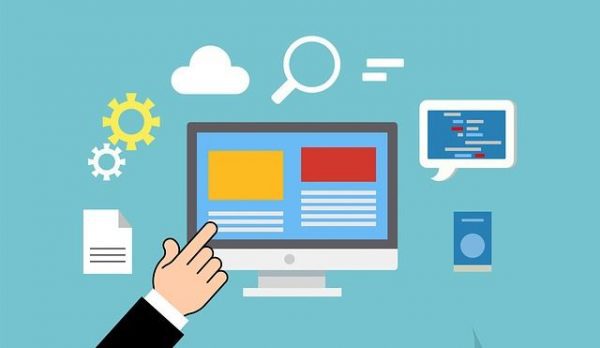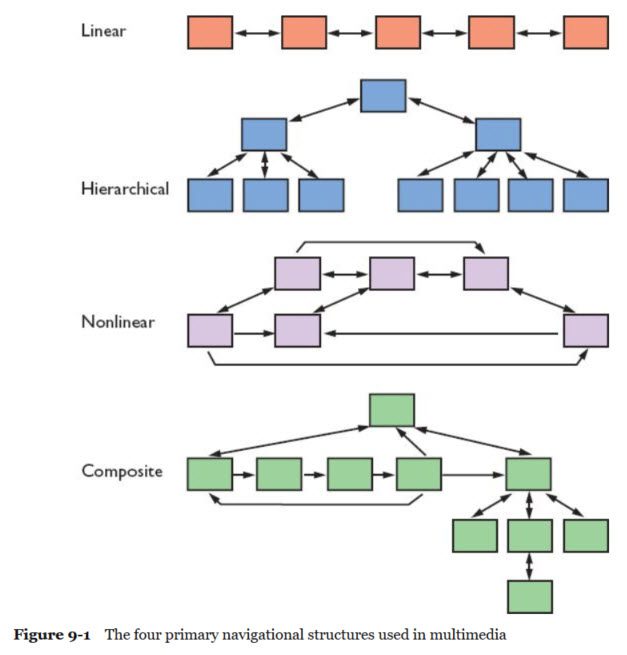How To Manage and Maintain your Computer read
How To Manage and Maintain your Computer read. Here’s some critical thinking presented in A Guide to Managing and Maintaining your computer.
This list is not comprehensive, use it as a guide, and suggest ideas in the comments below.

1. When selecting secondary storage devices for a new desktop PC, which is more important, a CD-ROM drive or an external disk drive? Why?
A CD-ROM drive is less important because it stores less data than a DVD or external disk drive. Many thumb drive stores more than 4 GigaBytes of data. CD Roms and DVD drives are less popular in many parts of the world where thumb drives exceed 128GB or more…for individual users.
2. When working on a word document app, why is it important to save your work often?
It is important because data is temporarily stored in RAM or primary storage, which is volatile.
If the power is lost, all data in primary storage is lost.
In order to secure the data, it must be copied from primary storage to secondary storage, such as a hard drive or portable drive, which is non-volatile or permanent storage.
3. Most buses are 16, 32, 64, or 128 bits wide. Why do you think these bus widths are multiples of eight?
Everything in a computer is stored and processed in binary, and 1 byte equals 8 bits
4. A light bulb is used to demonstrate the binary concept used for computer storage and communication.
A water hydrant is either on or off.
It is difficult to measure the amount of water coming out of the hydrant, but not difficult to decide if the water is off or on.
5. If the CMOS battery inside your computer system died, when you first turn on your system, will you expect the system to boot up normally to the operating system level?
What information do you think the system would not have available for a successful boot?
No, the system will not boot normally because the configuration information would not be available.
This information includes the type of hard drive and floppy drive installed and the boot sequence.
6. Why is it more accurate to describe the CPU and motherboard bus using the term frequency rather than speed?
It is more accurate to describe the CPU and motherboard with the term frequency than speed because the term speed implies there is a continuous motion or flow of data, whereas frequency suggests a digital or binary flow of data.
Frequency is more accurate because computer technology is built using the binary on/off the system.
Here’s a link to a resource text from Amazon.com
A Guide to Managing and Maintaining your computer.






Add comment